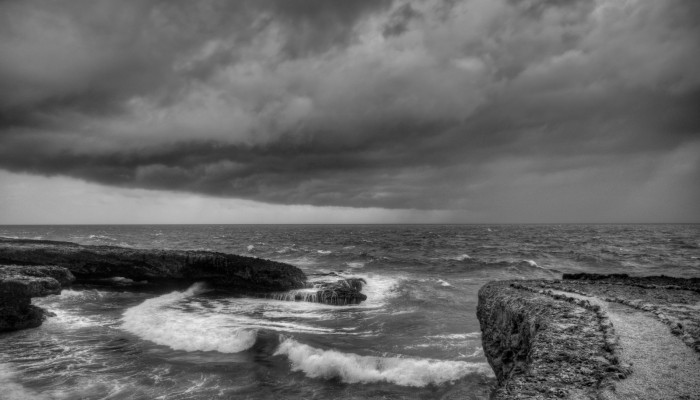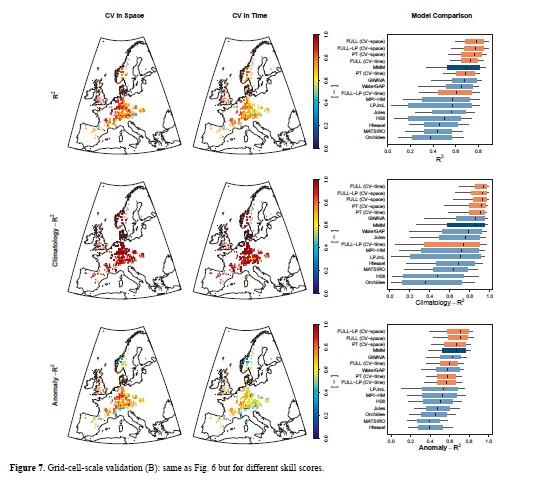Words on Wednesday aims at promoting interesting/fun/exciting publications on topics related to Energy, Resources and the Environment. If you would like to be featured on WoW, please send us a link of the paper, or your own post, at ERE.Matters@gmail.com.
***
Scolobig, A.: Brief Communication: The dark side of risk and crisis communication: legal conflicts and responsibility allocation, Nat. Hazards Earth Syst. Sci., 15, 1449-1456, doi:10.5194/nhess-15-1449-2015, 2015.
Abstract:
Inadequate, misinterpreted, or missing risk and crisis communication may be a reason for practitioners, and sometimes science advisors, to become the subjects of criminal investigations. This work discusses the legal consequences of inadequate risk communication in these situations. After presenting some cases, the discussion focuses on three critical issues: the development of effective communication protocols; the role, tasks, and responsibilities of science advisors; and the collateral effects of practitioners’ defensive behaviours. For example, if the avoidance of personal liability becomes a primary objective for practitioners, it may clash with other objectives, such as the protection of vulnerable communities or the transparency of decision making. The conclusion presents some ideas for future research on the legal aspects of risk communication.




